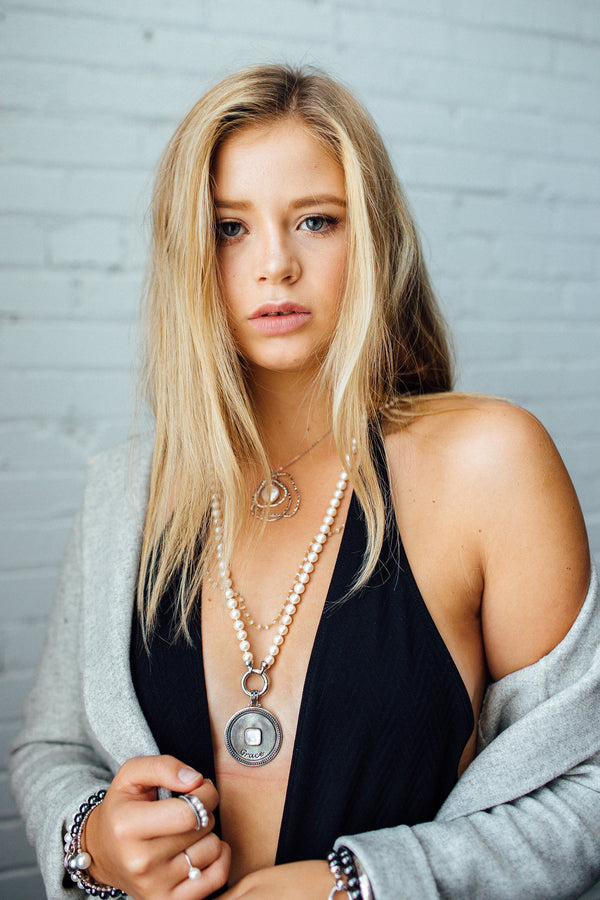April 05, 2020

Ever wonder when shopping for a new piece of jewelry what descriptive words like 'gold filled chain' meant? We are happy to share a quick reference guide to help you understand jewelry industry terms related to metal types and finishes so you can make a more informed purchase.
18K GOLD
18-karat gold contains 75% gold and 25% alloyed metals, and it provides a richer-yellow colour than 14K.
14K GOLD
14-karat gold is 58% gold and 42% alloyed metals, and it provides the classic yellow gold colour.
14K WHITE GOLD
White gold is an alloy of gold and at least one white metal, usually nickel, manganese or palladium. The purity of white gold is given in karats. Most chain is 14K.
ARGENTIUM® SILVER
Made with a touch of germanium, Argentium® Silver presents a bright white colour that is closer to fine silver than traditional sterling yet is extremely slow to tarnish under most conditions.
STERLING SILVER
Sterling silver is the standard in silver jewelry and contains 92.5% silver and 7.5% copper. It is more durable than pure silver but can tarnish if exposed to oils in the skin as well as contaminants in the air.
GOLD-FILLED
Gold-filled metals are available in yellow and rose and deliver karat gold at a more affordable cost than solid gold. 14/20 gold-filled material is made with 14-karat gold bonded to a base-metal core. The gold represents 1/20th of the total weight of the material.
SILVER-FILLED
Silver-filled chain offers your customers the bright white finish of sterling at a very affordable price. 1/10 silver-filled metal features sterling silver bonded to a base-metal core and is no less than 10% sterling silver.
BASE METAL
Base metal, such as copper, brass, and bronze is ideal for mixed-metal, alternative materials designs and are often used for plating. Most copper chain is raw and will patina over time; to maintain the desired colour, or to prevent discolouration on skin, a lacquer can be used.
PLATED
Many chains are electroplated with other metals to add colour and durability, protect against tarnish or to brighten finish. Gold plating refers to a layer of gold applied over a base metal. The three types are gold plate, gold fill and gold leaf. According to E-Gold Prospecting, all gold plating must be at least 10 carats or higher, and the application processes differ: Gold plating is accomplished through a process called electroplating; gold filled means the overlay is bonded through a heat and pressure process and gold leaf is a plating applied by hand usually used for architectural or decorative finishes.
VERMEIL
Vermeil is a style of gold plating also known as silver gilt. Gold thickness, the type of base metal, and the purity of the gold are three key factors that determine whether something is considered vermeil. Vermeil jewelry must have a sterling silver base with a coating of gold laid over the top. The gold coating must be at least 10k and be a minimum of 2.5 microns thick (100/1,000,000 inch).1
Vermeil Tip: Never use a polishing cloth to clean vermeil jewelry. You risk ruining the finish. Instead, use gentle jewelry cleaning methods.2
Footnote References:

SAVE 15% ON YOUR 1ST ORDER
JOIN THE MEGANKYLE STYLE FAMILY
As a member, you will be the first to hear about our latest collections, news, events and exclusive promotions.